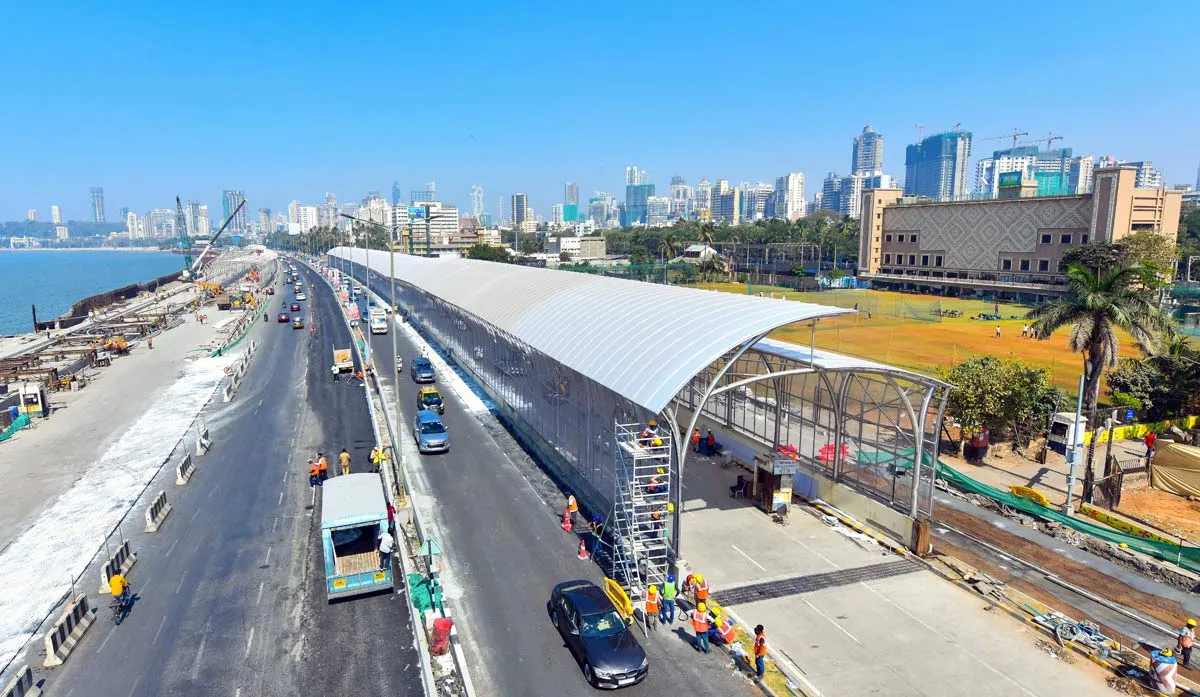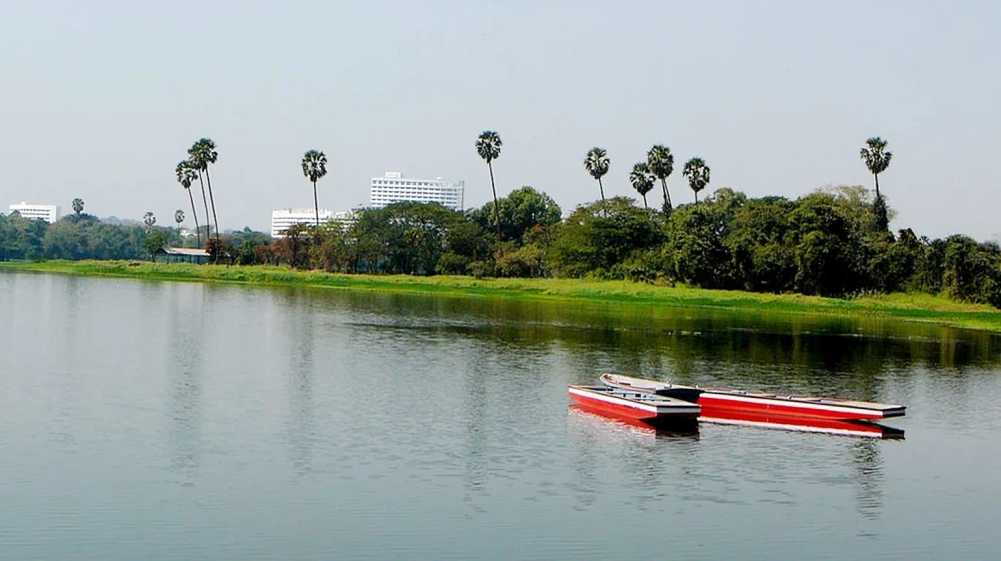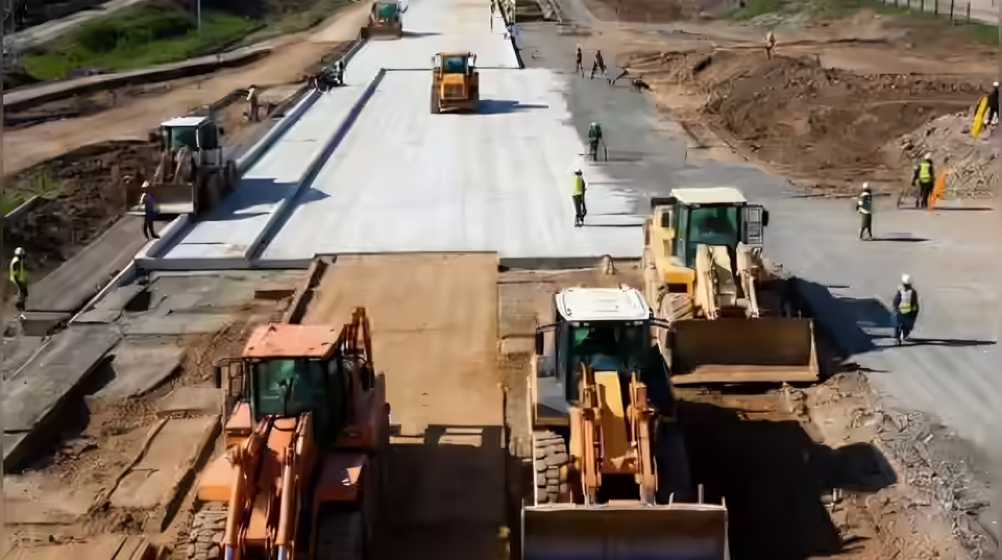August 18, 2025: Mumbai has officially opened full access to its ambitious Coastal Road project, enabling uninterrupted vehicular movement round the clock. With all bridges, tunnels, and underpasses now operational, the city has reached a key milestone in its efforts to improve mobility along the western corridor.
City authorities confirmed that both north- and south-bound carriageways are functional for four-wheelers and buses, with final safety checks completed. The development also prompted the closure of the temporary north-bound connector linking Khan Abdul Gaffar Khan Road with the Rajiv Gandhi Sea Link, which had been in use during partial operations but is no longer required.
The Coastal Road is regarded as one of Mumbai’s most transformative transport projects in recent years. Designed as a high-speed connector, it is expected to ease congestion on arterial routes, shorten travel times, and enhance access to business districts, offering a smoother commute for thousands of residents.
Officials noted that the road’s continuous operation is not only a mobility boost but also a critical step towards more effective traffic management. By diverting significant volumes of cars and buses away from crowded inner-city roads, the corridor is projected to reduce bottlenecks and cut vehicle emissions caused by prolonged idling. Transport experts added that 24-hour access will particularly benefit office workers and long-distance travellers, bringing Mumbai closer to global standards of expressway-style urban corridors.
However, sustainable mobility advocates have cautioned that the project should be integrated with wider public transport investments. Encouraging greater bus usage on the corridor, combined with the city’s expanding metro network, will be essential to ensuring that the Coastal Road contributes to equitable and environmentally responsible growth.
For citizens, the immediate gain is quicker, more reliable travel along Mumbai’s western seafront. For the city, the project represents the delicate balance between meeting present-day transport demand and shaping a sustainable urban future.
Source: Urban Acres





